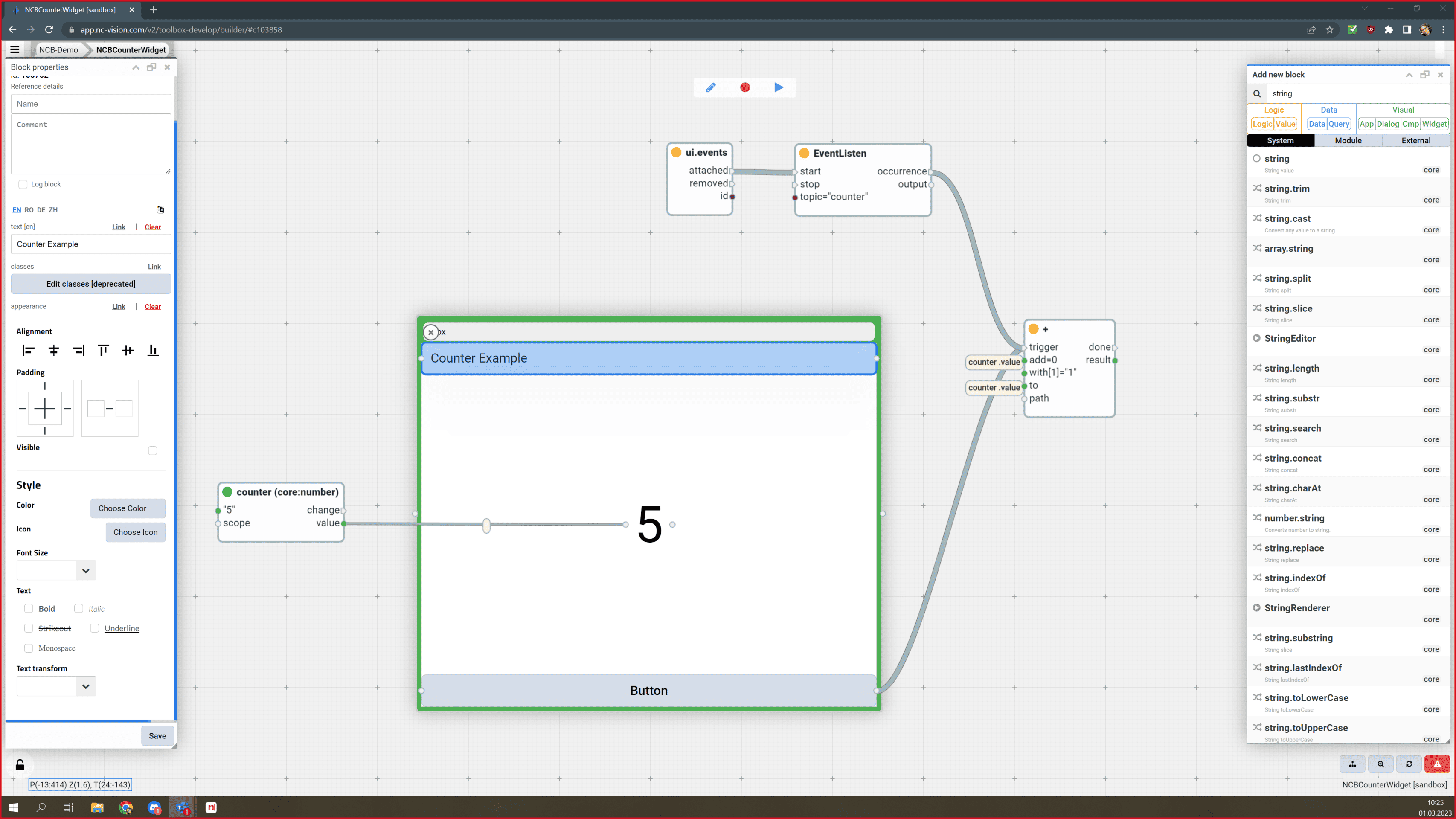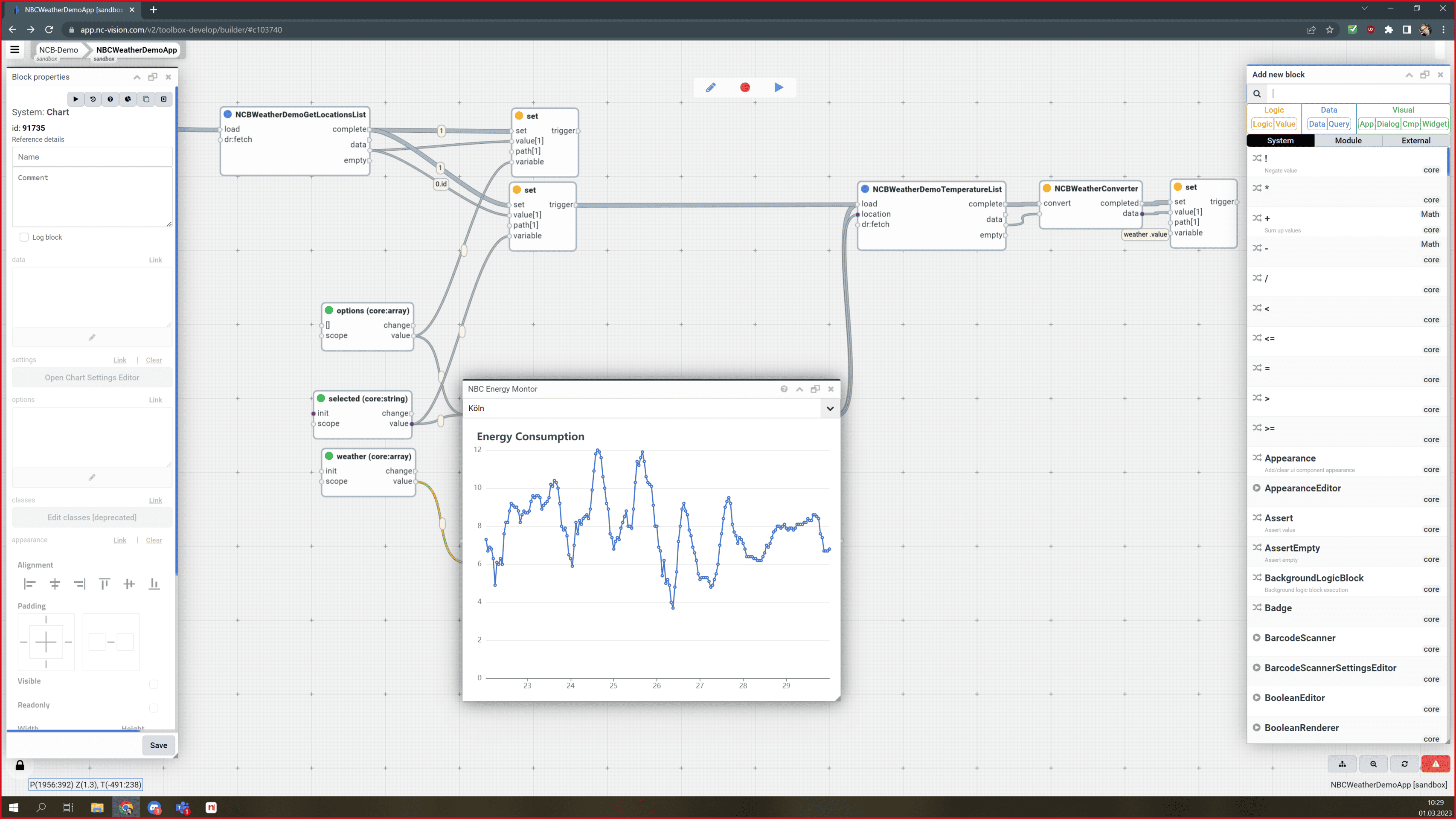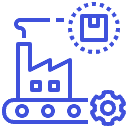
Are you ready to revolutionize your manufacturing production workflow without writing a single line of code? In our comprehensive guide, we delve into the dynamic realm of no-code development and how it can transform your production processes.
Unlock the potential of no-code solutions with our step-by-step approach that simplifies complex processes, empowers innovation, and accelerates project delivery. From selecting the right platform to optimizing your workflows, we provide invaluable insights and practical tips to help you navigate the exciting landscape of no-code development. Join us on this transformative journey as we demystify the world of no-code and empower you to build cutting-edge solutions with ease and efficiency.
Understanding No-Code Development
No-code development platforms enable you to create applications through graphical user interfaces and configuration instead of traditional computer programming. Essentially, they provide a set of tools that allow you to build software applications by manipulating elements graphically rather than writing code manually.
Advantages of Implementing No-Code Solutions
One of the most significant advantages of no-code solutions is the reduction in development time. Traditional coding can take weeks or even months to produce a functional application, whereas no-code platforms can help users create and launch applications in a matter of days or hours. This rapid development cycle allows businesses to respond swiftly to market demands, experiment with new ideas, and stay ahead of competitors. The ability to iterate quickly also means that users can refine their applications based on real user feedback without extensive delays.
Cost-effectiveness is another key benefit of no-code solutions. Hiring skilled developers can be prohibitively expensive, especially for startups and small businesses. No-code platforms significantly lower the barrier to entry, allowing businesses to allocate their budgets more effectively. By empowering non-technical staff to create applications, organizations can save on development costs while still achieving their technological goals. This financial flexibility enables companies to invest in other crucial areas, such as marketing, customer support, and product development.
Furthermore, no-code solutions enhance innovation within organizations. By removing technical barriers, teams can experiment with new ideas and workflows without fear of failure. No-code platforms encourage a culture of experimentation, allowing employees to prototype solutions and test hypotheses quickly. This innovation-driven mindset fosters a more agile work environment, where teams can pivot and adapt as needed. In this way, no-code development not only supports operational efficiency but also drives continuous improvement and creativity.
- Speed: Deployment times are drastically reduced.
- Cost Efficiency: Reduces the need for expensive software development skill sets.
- Flexibility: Easily adapt to changes without needing to adjust complex code bases.
- Accessibility: Empowers non-technical team members to contribute to application development
No-Code Development Trends
The no-code movement is gaining momentum, particularly in industries like manufacturing where agility and efficiency are crucial. Trends include:
- Increased adoption of AI and automation within no-code platforms.
- Growing emphasis on integration capabilities with existing IT and OT systems.
- Expansion of no-code into complex areas like ERP and IoT within manufacturing.
No-Code Tools and Resources
As the no-code movement continues to grow, a wide array of tools and resources has emerged to support users in their development endeavors. Popular no-code platforms such as Bubble, Adalo, NC-Vision and Webflow offer robust features for building web and mobile applications without coding. These platforms provide intuitive interfaces, templates, and integrations that streamline the development process, making it easier for users to create applications tailored to their specific needs.
In addition to development platforms, there are various resources available to help users learn and master no-code skills. Online courses, webinars, and community forums are excellent sources of information and support. Websites like Udemy and Coursera offer specialized courses focused on no-code development, catering to different skill levels. Joining online communities, such as the NoCode Founders group on Facebook or the Makerpad community, can also provide valuable insights, networking opportunities, and inspiration for aspiring no-code developers.
Furthermore, many no-code platforms offer extensive documentation and tutorials to assist users in navigating their features. These resources can help users troubleshoot issues, learn best practices, and discover advanced functionalities. By leveraging these tools and resources, individuals and organizations can effectively harness the power of no-code development, unlocking new opportunities for innovation and growth.
Planning Your No-Code Implementation
To begin your no-code journey, assess your current IT landscape and identify processes that can be optimized or automated. Start small with a pilot project that can demonstrate quick wins.
Select tools that:
- Align with your business needs and technical requirements.
- Have strong community and vendor support.
Offer scalability and integration options.
Building No-Code Solutions for Production
Discover the transformative power of no-code platforms and how they can be effectively utilized to streamline and enhance your manufacturing production processes. By leveraging production no code solutions, you can significantly improve efficiency and foster innovation within your production environment, making it more adaptable to changing demands and challenges.
Benefits of Implementing No-Code Solutions for Production
Explore the numerous advantages that come with integrating production no-code solutions into your manufacturing operations. These benefits include increased speed in project execution, enhanced cost efficiency, greater flexibility in adapting to market changes, and improved accessibility for team members with varying technical skills. By utilizing no-code solutions, you can empower your workforce and optimize your production processes to achieve better outcomes.
Trends in Production No-Code Development
Stay ahead of the competition by keeping up with the latest trends in “production no code” development. This includes the exciting integration of artificial intelligence, which can automate processes and provide valuable insights. Additionally, focus on system interoperability, which allows different platforms to communicate seamlessly, and the expansion of no-code solutions into areas such as Enterprise Resource Planning (ERP) and the Internet of Things (IoT) within the manufacturing sector. These trends are shaping the future of production and can lead to significant advancements in operational efficiency.
Conclusion: Embracing the Future of Production No-Code Development
Unlock the immense potential of production no code solutions to revolutionize your manufacturing processes and drive your business forward. By fully embracing no-code platforms, you can not only enhance operational efficiency but also reduce costs and cultivate a culture of innovation within your production line. The future of manufacturing lies in the ability to adapt and innovate rapidly, and no-code solutions are key to achieving this.



Made for production, manufacturing, and beyond:
Ready to transform your manufacturing production with “production no code” solutions? Schedule a Free Platform Tour with NC-Vision today and embark on a journey towards efficient, innovative production without the complexity of traditional coding.
NC-Vision is committed to helping the production and manufacturing industry make the most of no-code software development. We offer a range of no-code solutions that enable companies to quickly and easily create custom solutions that are tailored to their needs. Our tools allow companies to create solutions faster, more cost-effectively, and with more customization than ever before.












